-
CreatorTopic
-
11/03/2014 at 5:40 am #2210
 ErikanMember
ErikanMemberAfter reviewing the module content for Lesson 6, take some time to reflect back on what you learned and answer the following questions:
1) Give an example of successful stakeholder engagement in protocol and/or IC development. What changes were made as a result of the input gathered?
2) If a protocol gets sent to your trial site in final form, how would you address the GPP recommendation for stakeholder involvement in protocol development?
-
CreatorTopic
-
AuthorReplies
-
-
12/17/2014 at 8:07 pm #2573
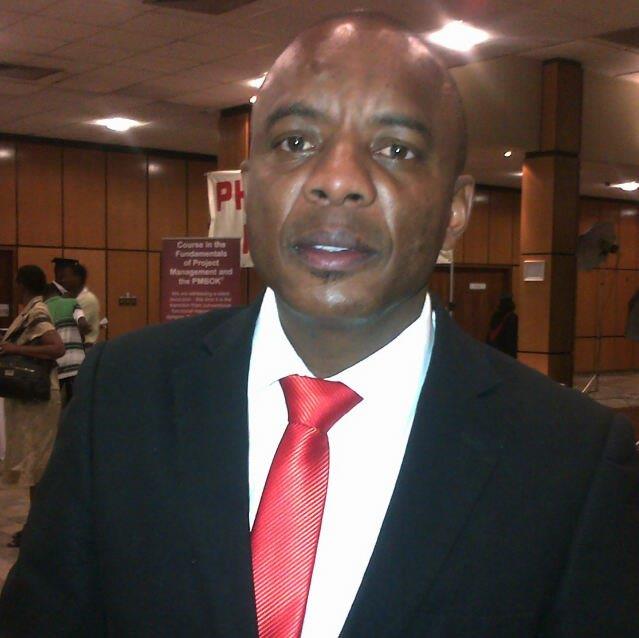 John MdluliMember
John MdluliMemberAnother good example of successful stakeholder engagement on protocol and ICF development includes the recruitment of CAB members to serve in the protocol development committee in order to ensure that that the community perspective is represented. Another example could be that of having a community member serving in the Local Ethics Committee. Having a rep serving in the local ethics committee will ensure that all approved protocols take into account the needs of the community. Consultation with CAB though structured dialogues and Focus Group Discussion can be helpful. Community voice can also be heard during the development of recruitment and educational material, especially in situations where the protocol has been finalised. All comments and suggestions made can be measured to assess the impact.
-
12/17/2014 at 7:53 pm #2572
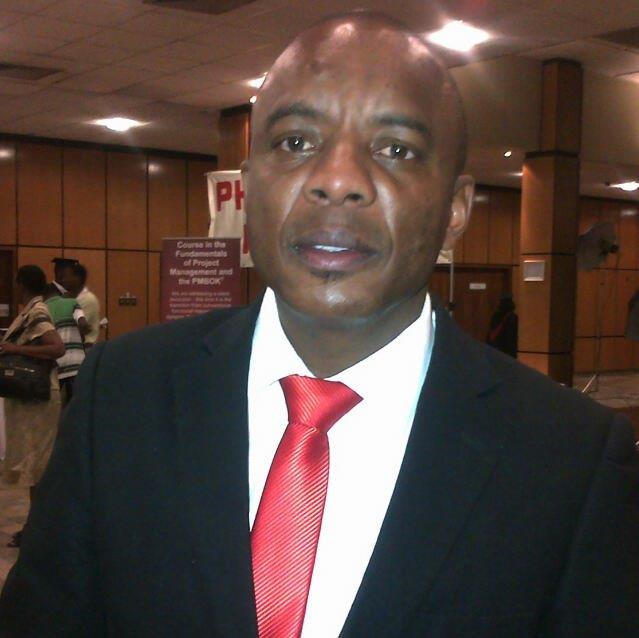 John MdluliMember
John MdluliMemberStakeholders can provide a very impactful input into the protocol and ICF development. Some of the word(s) used during the designing of the protocol might not be culturally and legally sensitive to the targeted social context e.g. protocols developed in Europe and intended for implementation in Africa. Another example include a situation in which protocol developers and sponsors use words that are not appropriate to the targeted audience. For example, the use of words such as “Men who have sex with other Men” (MSM) or “Female Sex Workers”. Stakeholders might advice that such words be altered for socially acceptable words like “high risk population”. Good stakeholder engagement can provide us with the words that are both legally and culturally sensitive to the intended social context. Indicators for a successful stakeholder input can be measured by the proportion or the number of inputs/words made by the stakeholders into the protocol or Informed Consent Development (ICF) process
-
12/01/2014 at 7:53 pm #2464
Anonymous
InactiveSiriporn- Great work getting TG women involved in the informed consent process. It is so important to have representation from under served populations! It is always very difficult to get a protocol that is in it’s final form. If the protocol is final it usually is not open to comments from any stakeholder. Using your knowledge of GPP how would you present the protocol to various community groups as complete while still maintaining trust in the research process?
-
12/01/2014 at 7:04 am #2453
Siriporn
Member1) Give an example of successful stakeholder engagement in protocol and/or IC development. What changes were made as a result of the input gathered?
I have been joining to community consultation for Test and Treat study at my site. We discussed about IC development. In IC, the langue is not clear when we call Transgender women in Thai Langue. This meeting, we invite TG stakeholder to join and give comments on IC, so, the details on subject information sheet in term of TG in Thai Langue will be changed after discussed.2) If a protocol gets sent to your trial site in final form, how would you address the GPP recommendation for stakeholder involvement in protocol development?
I think, we should address the GPP recommendation for stakeholder involvement in protocol development by presenting the finalized protocol to CAB and stakeholders requesting any feedback. And also, involve and review subject information sheet and IC and study materials, which is acceptable in the community. However, if we found suggestion from community that affect to major of change protocol. The study team will discuss after receive any comments. -
11/12/2014 at 2:16 am #2324
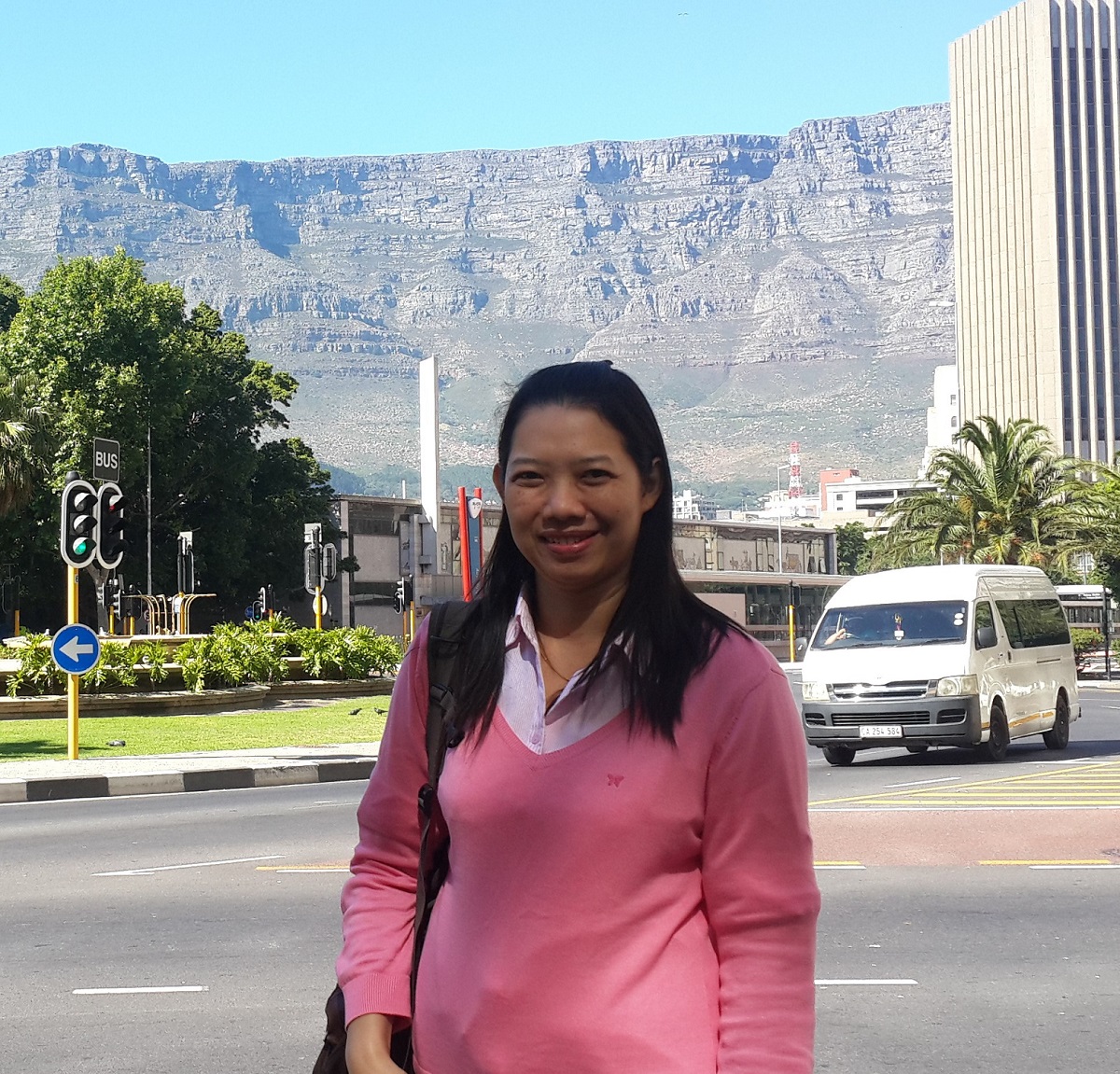 PongpunMember
PongpunMemberHi All,
I agree to you all and indeed to promote about consultation community in process develop of protocol. That is safety and useful for study and community. Science, culture and social have to good cooperate and concern about participant and community that may affected directly from study.
-
11/11/2014 at 12:55 pm #2309
 Marie MicheleMember
Marie MicheleMemberDear all,
I am reflecting on these discussions, and Mathias mentioned something that reminded me that most of our CAB members are mainly from community area, they have capacity/skills to contribute on the socio-cultural part in the protocol, they are also able to contribute on socio-science component of the protocol; as we have qualified nurses and social scientist in the group
My question is, as we all see the importance of involving stakeholders early in the protocol development; and depending on protocol, we also have a clinical research part, should we have to extend our stakeholders and recruit scientist who would also contribute to the clinical part? or Study Physicians are enough, as they usually do this part?
-
11/11/2014 at 8:43 am #2308
 Marie MicheleMember
Marie MicheleMember1) Give an example of successful stakeholder engagement in protocol and/or IC development. What changes were made as a result of the input gathered?
I am supporting my colleagues who mentioned the importance of stakeholders engagement in protocol and/or IC development. It is very crucial in term of building trust between research team and stakeholders, and it also facilitate the recruitment and retention of participants, as you start recruitment with confidence because everything have been thought of before hands.
I share with you one of examples that resulted positively while engaging our stakeholders in providing inputs on the protocol.
IPM (International Partnership for Microbicide) was our main sponsor. When our Research Centre gets a draft of the protocol from them, we invite our CAB to provide their inputs on ICF, Recruitment process, the target population, etc.
In 2006, we did a study on HIV incidence, where we needed 400 high risk participants, which mean that we had to prescreen a lot to get this number. when we were locating the recruitment sites, in collaboration with stakeholders, we had realized that the majority of Sex workers( who were targeted population) are young Girls.
In Rwanda the age of adults who can consent for themselves, is 21 years old; not 18 (as it is required in most of protocols). CAB suggested Research Centre to request the permission of recruiting young Sex workers between 18-20 years.
The Research Centre wrote an official letter attached with another support letter from CAB members to the National Ethics Committee, and we got permission. We got to know that the arguments from CAB letter, influenced the positive response. So from 2006 our Research Centre we are allowed to recruit participants from 18 years and above, but those who are between 18 to 20, they have to come with guardians, with an official letter from the local administration stating that the person is her/his guardian.
2) If a protocol gets sent to your trial site in final form, how would you address the GPP recommendation for stakeholder involvement in protocol development?
Because GPP, these days in clinical research would have to be followed, the amendments are done even after the protocol is finalized; which I think should be avoided before hand by involving the community in the beginning of protocol development. Most of the time, we get a draft of protocol seeking community inputs, on last minutes, if the changes requested to be change in protocol need to take time, an example above, we got response of recruiting young women, when the protocol had already finalized, it would not wait for response. But any way we had to recruit them as we had got Government permission through the Rwandan ethics committee.
So I think we should be the ones who would make a step to negotiates , how we would be included in a team who is involved in protocol development from the beginning.
Myself, I already negotiated with my Research Director to notify our sponsors that I would like to be part of a team who develops protocol, and I hope that will happen.
I would encourage you all to do the same, because I am sure, we might useful to change or ameliorate some things from beginning , following GPP guidelines.
-
11/11/2014 at 3:46 am #2300
Mathias Wambuzi
MemberI like Leaders contribution on stakeholders involvement in the strategic planning. How do we elevate the stakeholders to the level of strategic planning where atleast they can contribute to the socio-science component of the protocol. Not all the entire protocol is science! Remember stakeholders have the socio-cultural competency which the researcher may not have.
-
11/11/2014 at 3:39 am #2299
Mathias Wambuzi
MemberDear Team,
Gone are the days when protocols were handled like holy bibles; One way traffic, no input, no consultation. One vivid example I can single out for successful stakeholder engagement is the ability to involve and create opportunities for reviews, translation into local languages and above all the chain of approvals from bodies where stakeholders are represented.
At our site, the research team is involved in reviews WHILE the CAB is involved in translation of relevant documentation.What is interesting to note is communicating the process of arriving at the final protocol to implement.
-
11/10/2014 at 4:24 pm #2274
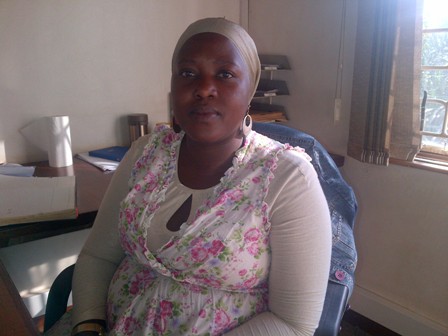 Jauhara NanyondoMember
Jauhara NanyondoMemberHi Laura, i love your answer for question 2, and how you plan to handle it. However at this level where we all believe that we need to do community engagement prior to protocol finalization, I strongly believe that we need to have a strong move and educate the trial sponsors/ funders that as they start conceptualization of the research.
Advocacy should get to that level instead of providing stakeholders input at the subsequent protocol reviews when the protocol has already started recruitment. Laura i love you submissions!
-
11/10/2014 at 12:19 pm #2259
 Leader Kanyiki NgooyiMember
Leader Kanyiki NgooyiMemberAnd just to add, in instances where CAB members have to go through a finished protocol, and where they are anyway happy with what is drafted, “we” as the stakeholders engagement officer have always ensured that they get to help design other important researh tools such as study specific posters, flyers and other promotional and recruitment materials. they are nevertheless actively involved in the strategic planning for the conduct of the study, including recruitment and retention plans.
Sometimes it is about being flexible but clever with how do you use the opportunity to make up for shortcomings.
-
11/10/2014 at 11:24 am #2258
Cathy Slack
MemberHi all, this has been a fascinating discussion. My brief comment is that even when local site-level CABs may not have been involved in protocol development, it is worth noting that much of the protocol is formulated at quite an abstract level, which leaves much room for site-level CABs to be impactful about how broad standards are implemented in a real setting.
I am not arguing against the need to get local review as far as possible, but merely observing that the broad formulations used in protocols often leave much room for impact of local actors in the local setting.
As has been mentioned here, local community actors need to know what inputs have preceded & how these were seriously reflected on.
-
11/10/2014 at 10:20 am #2257
 Leader Kanyiki NgooyiMember
Leader Kanyiki NgooyiMemberI agree Jauhara, I wish one day we get to that level. I stay positive that all start with discussions like these, and our own implementers feedback and consultations with protocol designers. but sometimes when we receive a “done deal” protocol, we still go through it with CAB to see if there any objections anywhere and collect their inputs or suggestions as needed. if the protocol looks great then we are all happy because that is what we wanted anyway. the CAB discusses the already developed protocol, understand and own it afterwards, so as to then be able to tralate it for the community.
ICF used terminology often gets CAB feedback/inputs. so CAB members often have the platform to discuss the ICF and bring their inputs forward.
-
11/10/2014 at 7:22 am #2254
 AnneMember
AnneMemberHi Pat,
MTN 017 is indeed a great example of how partnerships with civil society, policy makers and other stakeholders influenced pre-protocol design.
MTN 020 (ASPIRE)–the vaginal ring study– is also a good illustration of how protocols can be designed to accommodate new information as the trial progresses.
I think these ideas about ensuring early stakeholder input are also extremely relevant and applicable to all of the PrEP demo studies that are and will be ramping up…
-
11/10/2014 at 4:02 am #2253
 PongpunMember
PongpunMember1. From my experienced, I have been join to community consultation for MTN017 at my site. After protocol team visit all sites and they can revise the protocol in some item such as eligibility criteria. In previous version, this protocol not include transgender woman but after this meeting they revise criteria and site can enroll TG to join this study. This meeting, we invite many people to join which should be called stakeholder engagement. We have CAB, MSM NGOs, students, HIV positive NGOs, teacher and previous PrEP participant who join this meeting. This meeting is accepted by all people and proof that community consultation prior study start has useful and respect to community view.
2. Even if final protocol approved, I think that community or stakeholder can discussion and provide any information to protocol team for consider. Many protocol were revised or have amendment from community concern. Mostly of protocol agree to revise or accept any comments that may be affected to study progress. I think that normally community will not change the objective or hypothesis of study but they always concern about safety and participation of participant in study. Sometime related with Inform consent and procedure in protocol. However, if we found suggestion from community that affect to major of change protocol. I think that it would be useful if this suggestion send to protocol team.
-
11/09/2014 at 5:05 pm #2251
Agnes Nondo
MemberIn response to question 2 from Erica. It can be challenging to give feedback to a final document as but I agree with Patchara, even if the protocol is finalized stakeholder input can still be given. To my understanding even when the study has already started changes can be instituted through protocol amendments. I believe that stakeholder input is applicable at any stage of the the life of the protocol as long as the stakeholder input informs amendment to the protocol.
-
11/09/2014 at 4:48 pm #2250
Agnes Nondo
Memberone example of of a successful engagement in protocol and ICF development is the most recent qualitative quantitative research study we recently completed this was HPTN O63, despite the CWG members having given their feedback, the protocol team went ahead and sent the protocol and the ICF including the ACASI questionnaire and other questionnaires to the community for stakeholder input. It was found that the language which was used in the protocol and in the questionnaires was not culturally acceptable. For example; in our local languages, we do not use names for genitals as they are, we use words like, female private parts, CAB recommended the culturally acceptable words and they were changed.
the community was not comfortable with the use of ACASI and recommended that we have a staff administered questionnaire to avoid speculations, as you may b aware our country is one of the developing countries , however, after extensive community consultation it was agreed that the protocol team send the a practice ACASI to the community and so some of the CAB members and community members from the study population were picked at random to take part in the exercise and they recommended that ACASI was good for our people . The study collected quality data through ACASI because of stakeholder involvement in the protocol development.
-
11/06/2014 at 7:15 pm #2239
 RonaMember
RonaMemberExcuse my typo above… I meant Jauhara!
-
11/06/2014 at 7:14 pm #2238
 RonaMember
RonaMemberI really appreciated Jahura’s and Laura’s examples of how community input changed or is hoping to change the protocol. They both illustrate so clearly how stakeholder’s knowledge of the community – cultural and social context, research interests, practices etc. are so important to take into consideration when designing a study. Not addressing the issues raised by community in both instances could greatly impact trial success (recruitment/retention, acceptance of study etc).
-
11/06/2014 at 4:19 pm #2236
 AnneMember
AnneMemberI loved your comments, Laura. My brain is now whirling.
My two cents:
I think the global research community (and this includes national governments!) must do a better job of supporting researchers from low and middle income countries to design and conduct their own trials– although, I acknowledge that externally sponsored trials can and do strengthen capacity. I agree that some of the most meaningful and pragmatic protocol development occurs at a very local level–and this approach, as you say, eliminates buy-in! The research is owned and the benefits are understood….
Good food for thought, but I may have digressed 🙂
-
11/06/2014 at 3:58 am #2234
Patchara
Member1) Give an example of successful stakeholder engagement in protocol and/or IC development. What changes were made as a result of the input gathered?
Answer: Our CAB never suggested on protocol. They just asked some information and made understanding. However researcher gathered their questions and edited some on protocol. Most of them concerned on ICF and media. They commented and suggested about language we used and illustrated. Researcher agreed with them and tried to adjust as their recommend. The issue that researcher cannot change are target population in the study. One thing we cannot edit is target population. They often suggested to do not mention” low risk population or high risk population” and “volunteer who positive or negative”. They said that it should be discriminate for the one who cannot enroll in the study.2) If a protocol gets sent to your trial site in final form, how would you address the GPP recommendation for stakeholder involvement in protocol development?
Answer: Even though the protocol was finalized, our investigator provides protocol to CAB for review. All of our sponsors concern about community engagement so we can make amendment on protocol after CAB reviewed and asked for some information. All of sponsor can accept the amendment. However CAB never suggested about risk from invasive procedure or intervention. I hope they can do in the future. -
11/06/2014 at 12:24 am #2232
 Laura PotterMember
Laura PotterMemberJauhara, I completely agree that it is a challenge and a discredit to the research that the protocols are typically not written by those who reside and work at the sites where a trial ultimately proceeds. While it is so critical to get local feedback from stakeholders to make sure the protocol and the trial are the best possible fit for that location and the norms and dynamics going on in that context, it is unfortunate that all this is is “feedback.” I wish there were more research protocols that were, truly, community-based rather than mostly just participatory, because if research was “developed from within,” as you say, I think it would be all the more effective and powerful because there would not need to be any “justification” for why the community/stakeholders at the trial site have to “buy into” the research, as you say. I am especially wary of efforts to “translate” the protocol into laypeople’s terms in order for stakeholders with less research experience to understand, because there is a tendency in such processes to “dumb down” the actual research somewhat; to a certain extent, the intensely rigorous science behind a study design or protocol may require some dumbing down in order to explain effectively to people without years of experience in that scientific field, but it still has the potential for misinformation or selective communication about what exactly is involved in a trial. Of course, such manipulation would not be within best participatory practices, but the challenge and threat of unconsciously, accidentally leaving out information or losing important aspects in translation into “lay language” do still persist, and the main way to avoid this is really to make sure that protocols are being developed and drafted at the trial site more often than they are now. Lots to think about, thanks for bringing this issue up!
-
11/05/2014 at 10:28 pm #2230
 Laura PotterMember
Laura PotterMember1. One example of successful stakeholder engagement in protocol development was our consultation with our CAG regarding our targeted populations and outreach for an upcoming vaginal ring PrEP study. Our CAG members, as well as members of our own Community Programs team at Bridge HIV, cited some issues with the current draft of the protocol at the time, which stated that the trial would be open to all those who identified as natal women and still had the requisite anatomy to allow for insertion of the study product. This suggested that transgender men would most likely be candidates for inclusion in the study, depending of course on their surgical history; as such, our Community Programs team was becoming excited with the potential for additional education/outreach to this community, as well as recruitment of transmen for this study. However, the protocol also stipulated that any potential participants who used any form of hormone therapy would not be eligible. Given our own and our CAG members’ knowledge of the local trans male community, we know this combination of criteria would make the vast majority of transmen who were interested in participating ineligible right off the bat, and we were of course concerned, therefore, about promoting the study within a community we might largely have to turn away at the point of screening. The changes that were made as a result of this input included resubmission of the protocol with these issues highlighted; the Microbicides Trials Network is still reviewing this most recent round of feedback, and we and our CAG look forward to hearing back from them soon.
2. If a protocol was sent to our trial site in final form, we would address the GPP recommendation for stakeholder involvement in protocol development by presenting the finalized protocol to our CAG and requesting any feedback they had, since there are often opportunities to submit protocol revisions and updates throughout the trial process. If there were any egregious issues with the protocol as informed by the CAG, we would present this feedback to the larger trials network and attempt to delay trial enrollment at our site until the issues were appropriately resolved, however necessary. If none of this were possible (and I sincerely hope this would never be the case), we would convene another meeting of the CAG to explain the reasons why the suggested revisions to the protocol were unable to be applied or accepted, and we would attempt to find other ways (outside of the technicalities, logistics and bureaucracies of the protocol itself) to address the outstanding protocol issues to the satisfaction of our stakeholders.
-
11/05/2014 at 4:45 pm #2225
Anonymous
InactiveRona- Your point about knowing what questions were raised is so important! It is difficult to get a protocol in final form. As you mentioned, it is still important to engage local community about the protocol, even if the study is not being conducted at your site. Understanding the questions and concerns raised by the community as well as the steps taken to incorporate those concerns or reasons why changes could not be made, are crucial to maintaining trust in the community. As you mentioned this communication can help develop messages and communication strategies about the trial. It can also help shape the plans for results dissemination or feed into the issues management plan!
-
11/05/2014 at 2:25 pm #2224
 RonaMember
RonaMemberEach of the NIH funded HIV/AIDS clinical trials networks has a different approach but they all gather stakeholder input during protocol development, especially on the informed consent process. They rely on CAB input but often create other mechanisms for input (other advisory groups or consultations etc.). Some examples of how our networks obtain input during protocol development are provided below:
In the HIV Vaccine Trials Network 2 global CAB members and one Community Educator participate on every protocol team. They provide input into all aspects of the protocol and the CAB members are asked to pay particular attention to the sample informed consent form and the parts of it that are specific to protocol. They are also asked to pay attention to whether or not the protocol makes sense overall, in terms of participation – is what is being asked of a participant reasonable. The CAB members participating on the team are permitted to share the protocol with their local CAB as well. Site CABs also have a chance to review the protocol and informed consent form once the protocol has been developed. At that point, the informed consent can be altered so that it makes more sense for their specific community.
In the HIV Prevention Trials Network, there are study specific community working groups that provide community technical assistance to protocol teams. These groups are formed for each protocol being developed and made up of one Community Educator and one CAB representative from each of the sites that will be participating in the study.
In the AIDS Clinical Trials Group, protocols in development are forwarded to CAB members at each site (unit and site investigators and coordinators are copied) regardless of whether or not the site will be participating in the study. The thought behind this is that some of those CAB members may have knowledge/experience that would still be important to consider as the study is being developed. There is a lay version of the protocol that is sent out and it also helps all CAB members to become familiar with the research being conducted throughout the network and with research principles and terminology. The CAB draft version of the protocol is provided by the network staff and includes the hypothesis, background material, rationale and schema, inclusion/exclusion criteria, study objectives, and schedule of events. (at this stage of the protocol development the Informed Consent has not been written).
With regard to a protocol being sent in final form, I think I would first want to know if any other stakeholders had input (even if my specific site didn’t, e.g, at a network or regional level, with other stakeholders vs. the site). While it may be difficult to alter the protocol at this point in the process, knowing whether there was any engagement, what questions were raised, if and how they were resolved, would be important to know. In addition, I would ensure that relevant stakeholders were informed of the protocol, still given an opportunity to review it and raise questions, and in particular review the informed consent and/or participate in its development. My understanding is that even once a protocol is finalized, the informed consent can still be modified based on to address the specific needs, language, culture etc. that is appropriate to the site. Stakeholder engagement at this point would still be valuable to help shape communication/messaging about the study, recruitment materials and in developing strategies on how best to share the information with other key stakeholders.
-
11/04/2014 at 7:15 pm #2222
 AnneMember
AnneMemberAbsolutely, Jau!
Community perspectives can be crucial to the strengthening of trial design and understanding the research context! Making CAB members part of the protocol development team and seeking out the opinions and feedback of other key community representatives are great ways to ensure this happens. This, of course, is a much easier task if partnerships are established very early and participation is encouraged through educational events and other forums.
It is challenging– but very possible!
-
11/04/2014 at 2:59 pm #2221
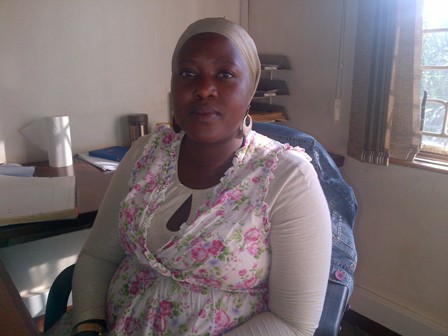 Jauhara NanyondoMember
Jauhara NanyondoMemberDespite receiving a complete drafted protocol , at this level the researchers can engage say community stakeholders who can assist the researchers with knowledge that can guide the design and procedures that are acceptable by the community, and the study participants.
-
11/04/2014 at 10:49 am #2220
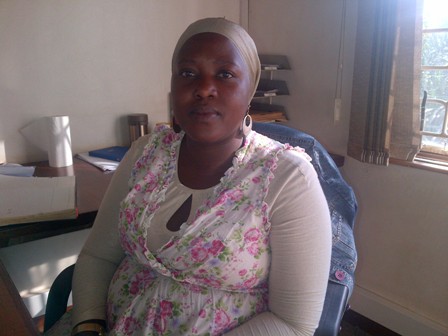 Jauhara NanyondoMember
Jauhara NanyondoMember1. An example can be the protocol written in a manner where it highlights the specific target population saying ” high risk men who have sex with men, female /male sex workers” However before protocol implementation, the researchers engage with stakeholders who advise them that since the MSM/ and the sex workers are hidden communities and illegal practice in the society where they want to implement the protocol.
The researchers are advised to re-word the statement to read that they are looking for high risk population but targeting the general population.
The advantage to this is that it will not put the study participants at risk of being implicated that they are MSM or sex workers. At this level the stakeholders would have advised the researcher and fed in the protocol development process and changes made.
2. It is quite challenging and true that protocols are developed else where and most times implemented in other countries. So the recipients of the protocols are challenged at this stage how much they can engage the stakeholders on the protocol. However we have tried to involve them especially while developing IEC study materials, recruitment materials, best language to use which is acceptable in the community.
At this note I must say that it is challenging.There has to be genuine justification for why the community and stakeholders at large have to buy-into the proposed protocol for country/community than if it was developed from within.
-
12/01/2014 at 7:08 am #2454
-
-
AuthorReplies
- The forum ‘GPP Discussion Forum’ is closed to new topics and replies.


